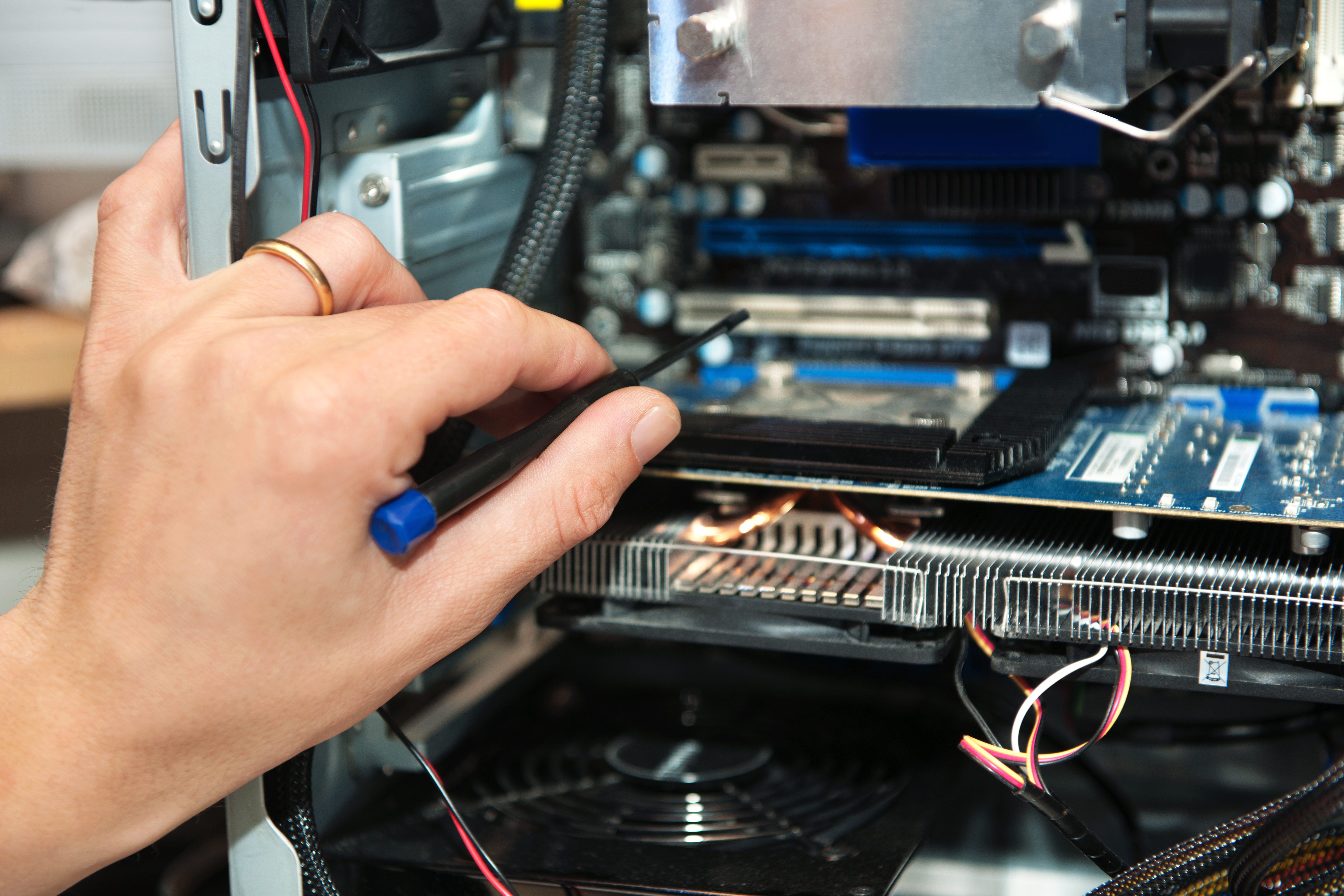For business and home computer users alike, there’s a depressing inevitability that desktops and laptops – no matter how well they’re treated – will at some point give up the ghost and stop working. That demise can take many forms – from an obsolete operating system, painfully slow processor and hard drive so full that you just can’t get anything done, to that heart-stopping moment when you press the power button to turn it on and … nothing happens. When a computer is no longer functional there’s a decision that has to be made: is it worth paying for computer repair, or has the time come to bite the bullet and purchase a replacement machine? If it’s time for a replacement machine then make sure you do your research. You might decide you want a laptop instead. If this is the case then it might be worth checking out some affordable windows laptops. A lot of people have decided to ditch their home computers in favour of laptops because they are mobile and can be used on the go. This is attractive to many people as it means you aren’t limited to doing your work at home. If you decide it is time for a replacement, you might want to read this awesome blog post on how to sell graphics cards to start making some money back on your old rig.
As a rule of thumb, computer repair will almost always be far cheaper than replacing the entire unit, and often your IT budget will determine which option you can afford. But there are other considerations. Is it really worth patching up an old machine that may have an outdated operating system and limited capabilities? How might continuing to use an out-of-date PC affect your workplace productivity? Or, worse, might it leave your business network vulnerable to malware, cyberattacks or other security threats?
Computer repair – whether carried out in-house or by an external repair firm or IT contractor – can be surprisingly straightforward. These days, most desktops and laptops have a modular construction. The computer itself is a framework for different parts to be plugged in, from the processor to the hard drive (or solid state drive) and other components such as a CD/DVD/optical drive. As much as you would like to buy the latest model of MacBook, it might not be in your current interest to do so which means that you have to stick with the laptop you have. If this is the case and your current Mac or MacBook device is experiencing some problems and you happen to live locally to the Longmont area, you may wish to check out https://longmontmacrepair.com/mac-repair/ who can make your computer as good as new.
Of course, there are occasions when computer repair can be more involved – and costly – but the reality is that it often just involves swapping out a defective component for an often relatively inexpensive replacement part. If the choice is between paying under $100 for a same-day repair, and shelling out $500 for a new, state-of-the-art machine many will, quite reasonably, opt for the former.
As with all business decisions, your choice should be determined by what is in the best interests of your company, its profitability and future plans. Computer repair is often the more cost-effective option, but consider realistically whether investing in new equipment would benefit your business at this point in time. Will upgrading to a new operating system, a faster processor or larger storage capacity enhance your business efficiency and productivity? And as a further consideration: can that be achieved by simply upgrading your existing equipment while the computer repair is being carried out, or will it necessitate upgrading to a whole new machine?
The choice between computer repair or buying a new computer isn’t always straightforward, but hopefully this blog will give you cause to think about what is best for your business next time one of your desktops or laptops grinds to a halt.

